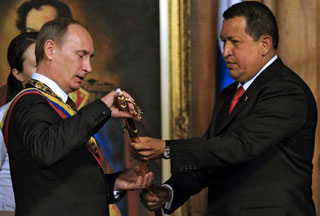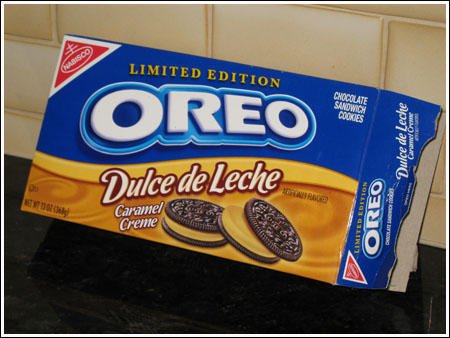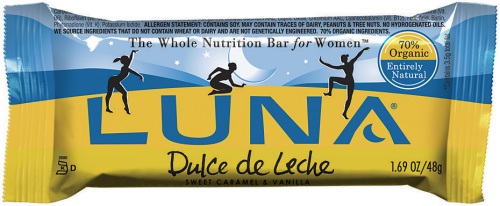I’m more than a casual fan of the Rolling Stones, and I’ve been known to throw down the cash to see the geriatric rockers shake their decades-old moneymakers on stage. So my interest was doubly piqued this morning when I heard from a friend that the Stones’ first manager, Andrew Loog Oldham, has become a rock ‘n’ roll guru again…only in South America this time!

Oldham guided the Stones during the British group’s formative years in the 60s. He is credited with contributing to many of their big hits, he was behind their first major record deal, and he inspired their bad boy style, which was directly opposed to the image of their British Invasion rivals the Beatles. He was also the originator of many of the cheeky headlines and catchphrases surrounding the band, such as the classic “Would you let your daughter marry a Rolling Stone?” (The answer to that question, by the way, is “no.”)
Following a typical rock ‘n’ roll storyline, Oldham got heavy into drugs during his Stones days and almost burned himself out completely. Though he reemerged in the music world a couple of times after his tenure with the band ended, he basically disappeared from public view. But he stayed busy. During that time, he made his way down to Colombia and occasionally helped mentor young musicians on that continent. And over the last few years, as this dilettante just learned, he’s been producing and recording again with great success. This time with Rock en Español acts. Perhaps his best known work is with the Argentine group Los Ratones Paranoicos (The Paranoid Mice), a band with a distinct Rolling Stones-like sound.
Besides the production and recording work in South America, he’s also been the host of Underground Garage on Sirius Satellite Radio since 2005, which can be heard here en Los Estados Unidos. (Where have I been?) In a recent interview he said that he wished his mother could see him now…because for the first time in his life, he actually works a steady job. I, for one, am certainly glad to see that the old boy is making the most of this stage in his life. Keep on rockin’, Andrew.



















